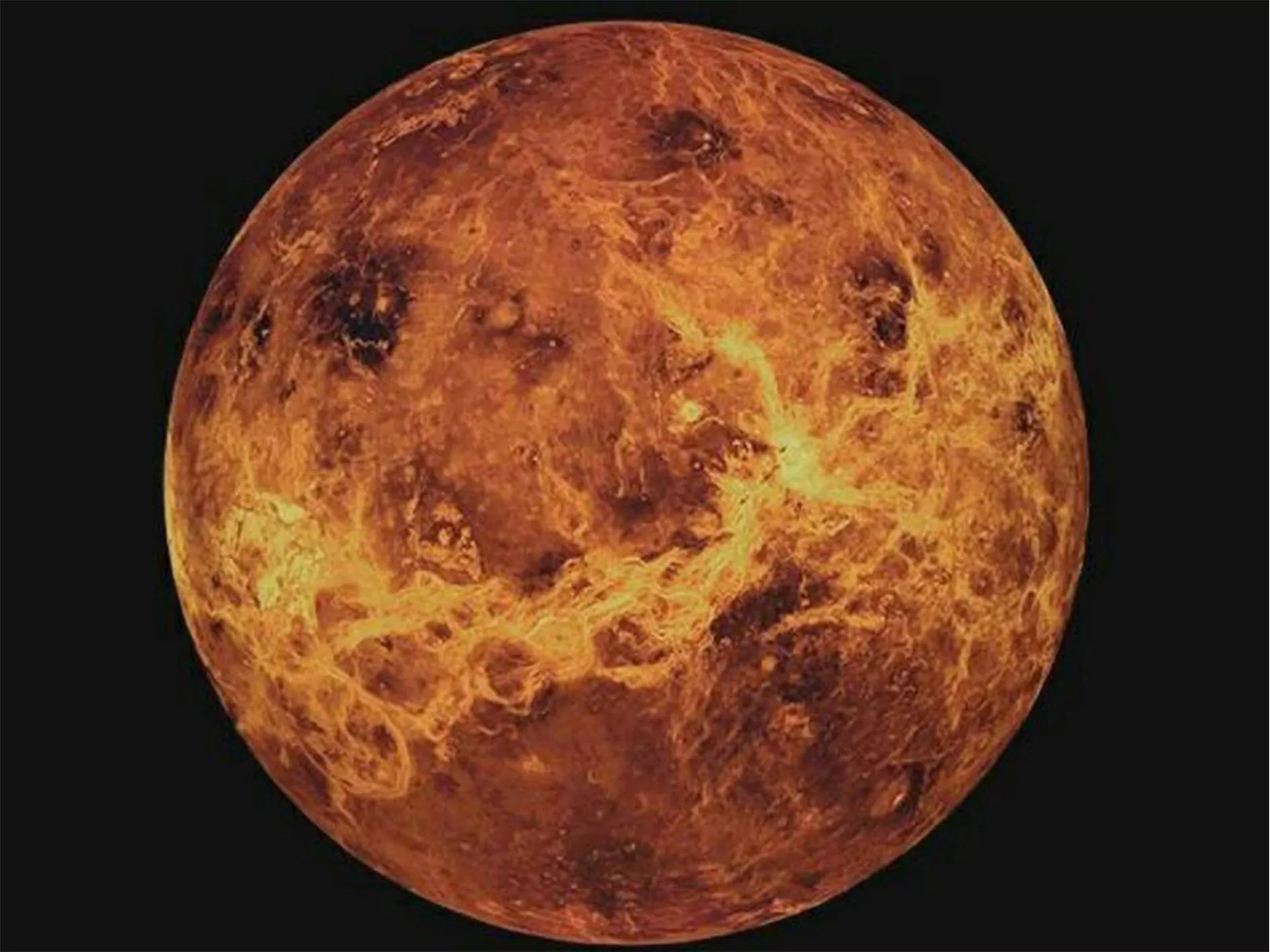Venus, or rather its surface is always hidden behind a curtain of thick clouds, which makes it difficult to observe the second planet from the sun. Due to the density of clouds, it is inaccessible by any powerful ground-based telescope. However, using radar technology, the launches of automatic stations to this planet have long received a detailed image of the surface of this planet.
Mapping revealed vast elevations on Venus. The largest mountains of them are «The Land of Ishtar» and «The Land of Aphrodite», comparable in size to terrestrial continents. There are relatively few impact craters on Venus. Most of the planet’s surface is geologically young (about 500 million years old). 90% of the planet’s surface is covered with frozen basalt lava.
